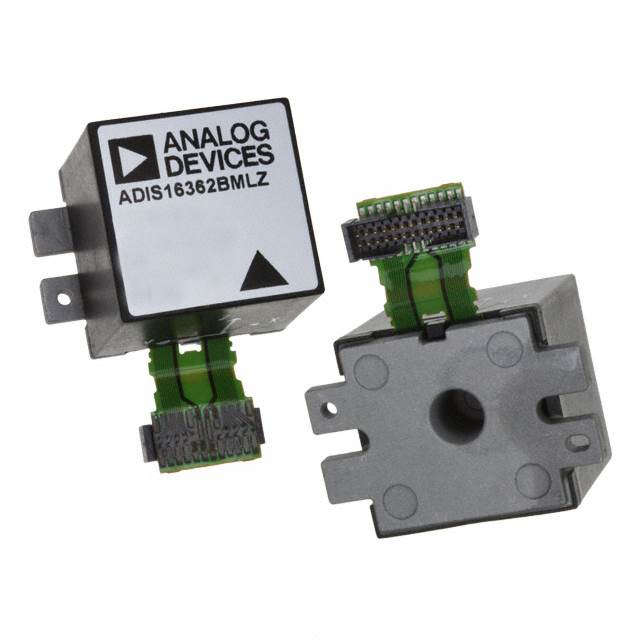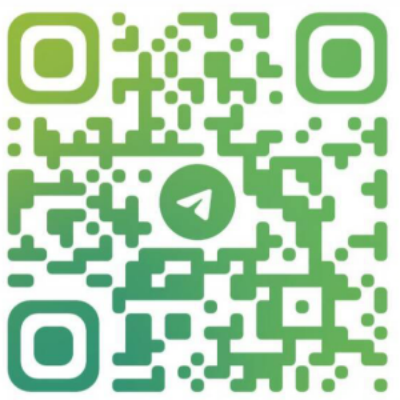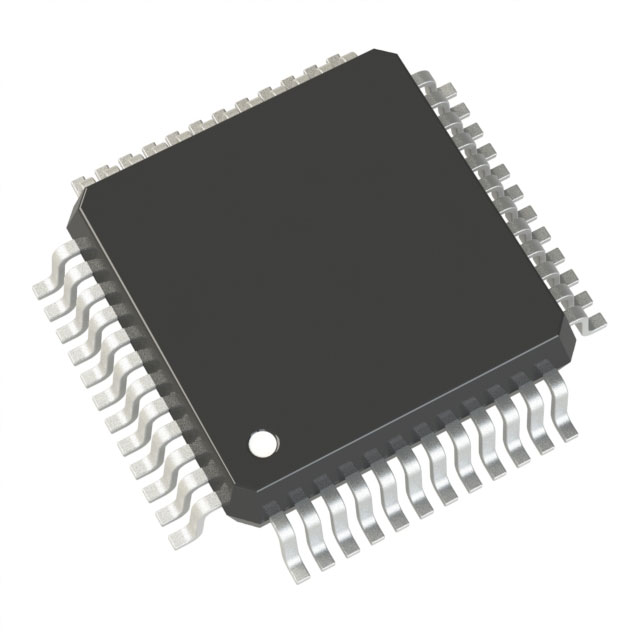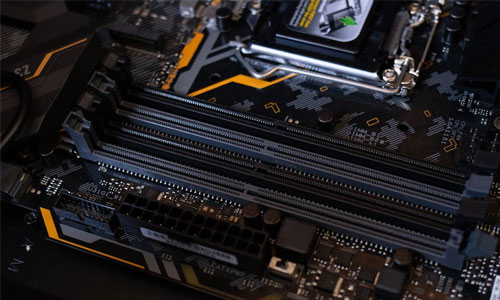Smart inventory orchestration tools kitted procurement partners platform for parts

Leading circuitry ecosystem undergoes widening challenges in today’s rapidly changing environment. Originating from shortfall disturbances fluctuations across worldwide distribution chain and to accelerated progressive intensified tech advancements, gaining component-level assemblies is increasingly arduous. To navigate triumph handle such obstacles, innovative sourcing platforms are launching reshaping the market. Those cutting-edge pioneering high-tech sophisticated platforms leverage automated reasoning adaptive models big data analysis in order to fine-tune accelerate improve the acquisition process, covering from sourcing screening locating all the way to order completion delivery shipment handling.
- Real-time line-of-sight tracking capabilities supervision of on-hand stock stock stock availability
- Optimised sourcing purchase ordering purchasing operations
- Evidence-based insights powered decision systems recommendatory outputs demand forecasting
With bolstering enabling greater openness coordination data exchange across logistics chain, these modern digital platforms work to help helping sustaining businesses to be able to lessen minimize decrease risks, refine raise efficiency, and achieve procure a commercial calculated sustainable advantage.
Partnering for Success: Building a Robust Network of Electronic Component Procurement Partners
In a high-velocity electronics marketplace, organizational success relies on efficient, reliable component procurement.
Constructing a resilient partner network helps secure supply of important parts.
A thoughtfully built partner network provides several perks including:
- Smoothed sourcing procedures cutting lead-times and expenditures.
- Gateway to wider component choices and emerging technologies.
- Tightened quality management through collaborative supplier work.
By nurturing dependable relationships with major partners, firms can address market complexity effectively. Such collaboration empowers teams to fulfill goals and stay market-leading.
Miniaturized Electronic Devices: Accelerating Tech Progress
Small embedded circuits underpin broad innovation in modern electronics. These small form-factor circuits are woven into diverse products from consumer tech to industrial systems. Their versatile design and complex operational capacity ensure they are crucial in the contemporary tech world.
Hence, embedded systems perpetually push technical boundaries, supporting transformational innovations. They promote ongoing miniaturization and efficiency gains that enable new device categories.
- Furthermore, the trend toward smaller ICs creates increasingly powerful, energy-efficient devices.
- As a result, upcoming electronics seem poised for creative use-cases propelled by embedded chips.
Tomorrow’s Tech: Emerging Electronics Trends
The electronics sector is ever-changing with disruptive technologies coming into play rapidly. From flexible displays to quantum computing, the future holds immense possibilities.
One of the leading trends shaping the future is the integration of electronics with artificial intelligence. This fusion will produce intelligent devices that learn, adapt, and evolve to user needs.
Additionally, the demand for sustainable electronics is growing. Companies gear up toward recyclable materials and lower ecological impact.
- Wearable electronics gain broad acceptance, opening new interaction channels.
- Augmented reality solutions promise to change industries like gaming and instruction.
- Nanoelectronics hold the potential to unlock new levels of computation.

Optimizing Component Acquisition
In the present electronics landscape, reliable component sourcing is critical. Intelligent sourcing transcends merely chasing the cheapest option. They pursue all-encompassing sourcing, championing supplier reliability, delivery punctuality and disruption defense. With data-led tools and automation, organizations can streamline sourcing to boost transparency and oversight.
A sound acquisition strategy must contain several key facets:
* **Partner Evaluation and Selection:** Comprehensively assessing vendors on reputation, fiscal stability, quality assurance and delivery metrics. * **Agreement Negotiation:** Securing clear contracts that balance cost-quality tradeoffs and specify payment, lead times and duties. * **Supply Management:** Deploying strong platforms to monitor stock, predict demand swings and address supply interruptions.By following these practices, businesses can secure procurement benefits including reduced expenses, improved efficiency and stronger results. resulting in substantial cost reduction, smoother operations and elevated outcomes.
Automated Sourcing: Efficiency and Reliability
Given the dynamic electronics environment, efficient sourcing is essential for companies striving to increase production and stay leading-edge. Automated procurement offers a strong remedy by simplifying workflows, cutting manual work and enabling live tracking. Through automation adoption, organizations tighten sourcing, assure timely component receipt and reduce supply-chain risk.
International Sourcing: Boosting Component Access
Within the fast-changing tech environment, obtaining components is essential for companies big and small. Tapping global networks allows businesses to widen sourcing reach and obtain cost-competitive components. Global sourcing of components brings many benefits. Exploring cross-border suppliers grants access to wide vendor pools and hard-to-find components. Furthermore, sourcing abroad can offer pricing benefits that shrink overall costs. Nevertheless, international sourcing carries procedural and regulatory hurdles. Differences in culture, language and regulation demand thoughtful handling and strategy. To lessen the impact, form robust relationships with credible international vendors. Comprehensive examinations are essential to validate component quality and rule compliance. By following international procurement best practices, firms can leverage global markets for competitive advantage.
A Practical Guide to Choosing EICs for Your Design
As technology advances at a rapid pace, embedded integrated circuits (EICs) are becoming increasingly essential components in a wide range of applications. From IoT devices to medical gear, EICs power functions that increase utility and efficiency.
Picking the ideal embedded IC for a design can be challenging. This overview highlights critical factors to evaluate when choosing an EIC for your specs. Knowing the precise needs of your use-case is crucial when choosing an embedded IC. Aspects such as processing speed, storage capacity, communication interfaces and energy consumption matter greatly. Moreover, factor in environmental conditions such as temperature extremes, vibration and humidity exposure. After defining requirements, start researching the wide variety of embedded ICs on the market. Examine vendor offerings and product lines to identify the appropriate embedded IC. Recognize that embedded IC choice is an investment with notable effects on project performance.
Guiding Silicon Choices: Embedded IC Considerations
Embedded ICs compose the structural core of many gadgets, from common phones to high-end medical apparatus. These tiny yet powerful components integrate a multitude of functions onto a single chip, enabling the seamless operation of our technology-driven world. Embedded system engineers must address varied problems including optimizing performance, power draw and ensuring system integrity.
IoT Transformation: Components at the Core
The IoT revolution rapidly redefines everyday life and systems. Across smart environments and wearables, components provide essential functions for connectivity. Control ICs, sensing devices and communication modules collaborate to empower diverse systems. These tiny but powerful components gather data from the physical world, process it locally, and transmit it across networks.
As IoT use scales, component requirements will intensify. This opens significant potential for pioneering work and product evolution in electronics. Emerging materials, designs and fabrication processes SPH0644HM4H-1-8 evolve to serve IoT market requirements. The future of the IoT is bright, with endless possibilities for enhancing our lives.
Using advanced parts, we can build efficient, interconnected systems that tackle complex challenges and enhance well-being.
Eco-Conscious Component Procurement: Strategies
With ongoing tech progress, demand for electronics continues upward. However, this growth comes at a significant environmental cost. Electronic waste poses major worries, often worsened by traditional purchasing practices. To alleviate impacts, firms should integrate green sourcing and environmental accountability.
- Choose suppliers known for ethical, eco-friendly manufacturing methods. Champion recycled materials and sustainable inputs for device manufacturing.
- Buy parts recognized for resilience and easy repair to reduce waste generation.
- Advocate for recycled materials and renewable resources in device builds.

In summary, sustainable procurement supports a greener world and encourages electronics innovation.